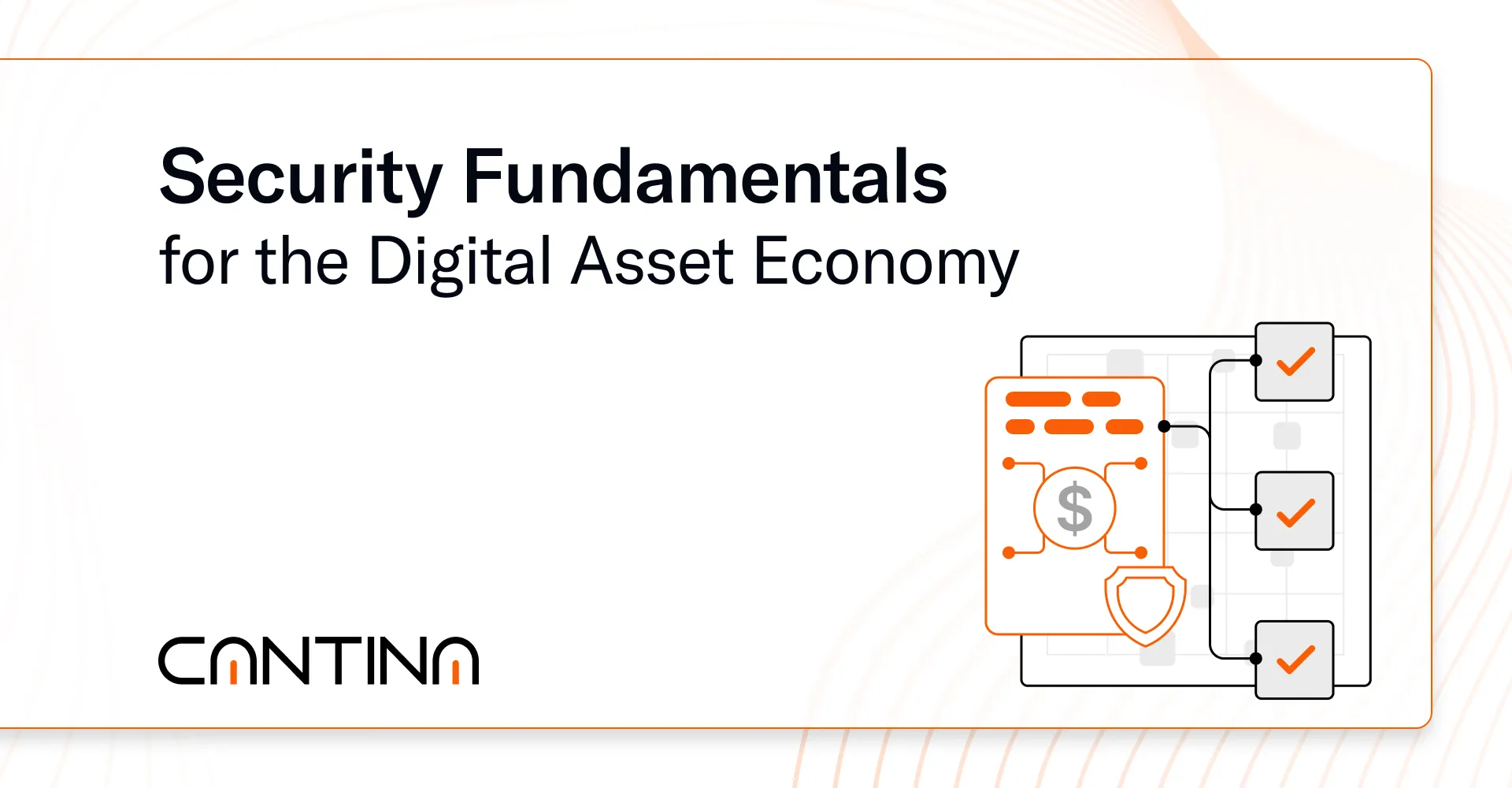The new digital economy is changing how systems operate. It introduces public, decentralized infrastructure where control shifts from platforms to users. Instead of relying on intermediaries, Web3 systems function through transparent protocols and self-executing logic. This model enables new possibilities for ownership, coordination, and access, but it also creates distinct security challenges that must be addressed with rigor.
Security in Web3 is not a secondary concern. It is the foundation on which reliable participation is built. As more value flows through these systems, understanding how they work and where they fail becomes essential.
What Web3 Security Involves
Web3 security refers to the protection of digital assets, logic, and user interaction within decentralized environments. These environments are publicly accessible, permissionless, and irreversible. The systems are managed by software called smart contracts, which operate on blockchain networks.
Unlike traditional systems, Web3 does not rely on account recovery processes, administrator overrides, or closed networks. If a protocol has a vulnerability, anyone can find and exploit it. If assets are stolen or smart contracts are misused, the consequences are immediate and permanent.
Organizations and individuals must treat these systems as infrastructure. Participation requires understanding how that infrastructure is secured and where responsibilities begin.
How Web3 Evolved and Why That Matters for Security
Web1 allowed users to consume information. Web2 introduced user-generated content and centralized services. Web3 distributes control by giving users direct access to protocols, assets, and applications without intermediaries.
This model creates clear benefits. It eliminates reliance on single parties and allows systems to operate with predictable rules. However, it also removes many of the controls that protected users in earlier models. Without central administrators or trusted gatekeepers, risk moves to the infrastructure level. Users must evaluate the systems they interact with and understand how those systems are secured.
Introducing Smart Contracts
Smart contracts are programs deployed on blockchains. They define rules, manage digital assets, and execute logic automatically. For example, a lending protocol may use a smart contract to determine who can borrow assets and under what conditions.
Smart contracts are public and immutable after deployment. Their behavior is determined entirely by the code they contain. If the code includes a logic flaw, it can be exploited. If the contract grants unintended access, funds can be withdrawn without consent.
Because these programs handle financial operations directly, they must be reviewed with precision and expertise before being relied upon.
What a Smart Contract Security Review Covers
A smart contract security review is a structured process conducted by experienced researchers. The review evaluates the logic, dependencies, permission structures, and edge cases within the codebase. Its objective is to identify vulnerabilities that could result in asset loss, system failure, or governance compromise.
Security reviews may include:
- Manual inspection of contract logic
- Testing for unintended behaviors and attack paths
- Analysis of upgrade permissions and access control
- Simulations of edge-case scenarios
- Recommendations for system hardening
Security reviews do not eliminate all risk. They establish a baseline of rigor and reduce the likelihood of critical failure. For infrastructure that holds value, this review is a necessary prerequisite to responsible use.
Common Security Risks in Web3
Web3 introduces risks that are different from traditional systems. They include both structural threats and user-level vulnerabilities. Understanding these risks helps identify where responsibility lies and how exposure can be minimized.
Smart Contract Exploits
These occur when flaws in code allow malicious actors to bypass rules or drain funds.
Key Management Failures
Private keys are required to access assets. If lost or exposed, assets are permanently compromised.
Governance Manipulation
Protocols often rely on voting mechanisms or multisignature control. Weak governance structures can lead to unauthorized upgrades or misuse of treasury funds.
Protocol Interdependencies
Web3 systems frequently connect with other protocols. If one dependency fails, it can introduce risk across many systems.
Social Engineering
Phishing, impersonation, and other scams target users directly, often bypassing technical controls.
Why This Matters for the Digital Asset Economy
Web3 systems power lending, custody, asset issuance, and value transfer. These systems are not isolated applications. They are public infrastructure.
When security fails in these systems, the impact is immediate and measurable. Value is lost, operations are disrupted, and trust is compromised. There are no intermediaries to absorb the loss or restore functionality.
Every organization operating in this ecosystem must take responsibility for evaluating security. This includes understanding how protocols function, reviewing their security posture, and establishing internal controls for safe usage.
Practical Safeguards for Web3 Participation
To engage with Web3 systems safely, participants should adopt clear safeguards:
Protect Private Keys
Use hardware-based custody systems. Separate roles and responsibilities across access layers. Back up recovery material securely and offline.
Use Protocols with Verified Security Practices
Engage only with protocols that have completed security reviews. Confirm whether those reviews are public, current, and independently conducted.
Understand Governance Structures
Review how changes to the protocol are made. Confirm whether timelocks, quorum thresholds, and transparency measures are enforced.
Mitigate Composability Risk
Evaluate the dependencies of the protocol. Identify where risk may originate from external systems.
Train on Social Engineering Defense
Establish protocols for signature approval, link verification, and secure communications across your organization.
The Convergence of Web2 and Web3 Security
In the digital economy, security risks extend beyond smart contracts. Web2 systems such as admin panels, backend APIs, governance interfaces, and third-party integrations present critical entry points that directly impact protocol safety. Cantina provides structured security reviews for traditional applications, uncovering risks across cloud configurations, authentication logic, and application infrastructure. Reviews are led by experienced engineers with deep expertise across Web2 and Web3 environments.
If your organization operates across both layers, contact us to scope a comprehensive review.
Final Considerations
Web3 changes how financial systems operate. It allows for permissionless innovation, programmable logic, and asset control at the infrastructure level. But it also introduces new risks that must be understood clearly and managed intentionally.




